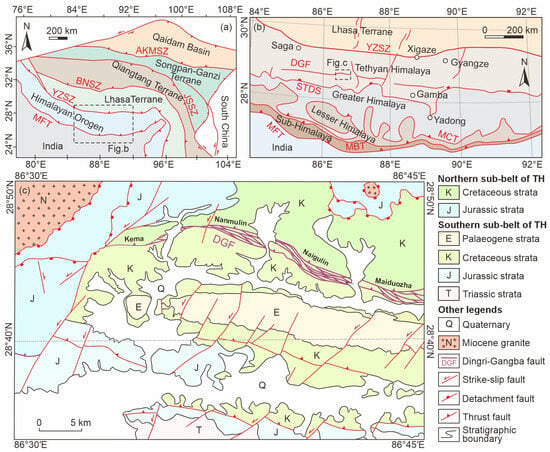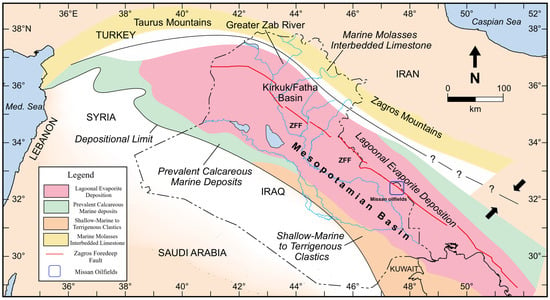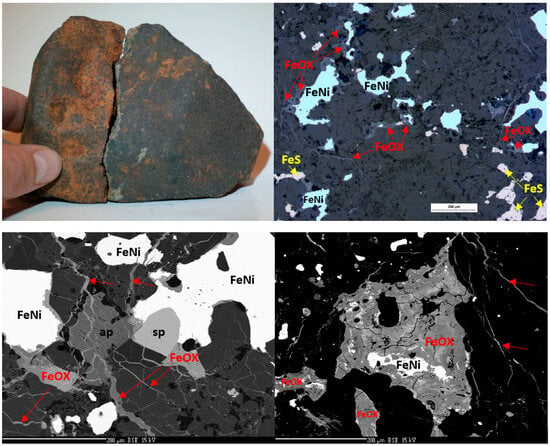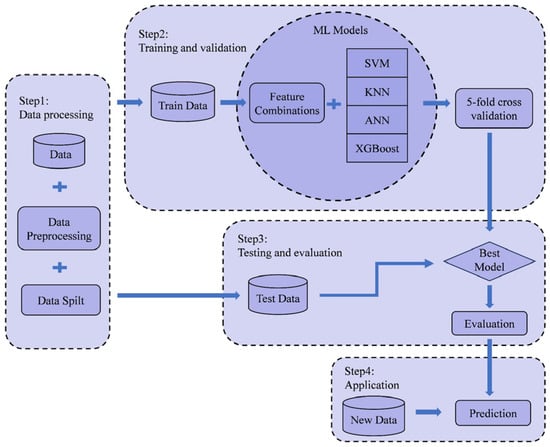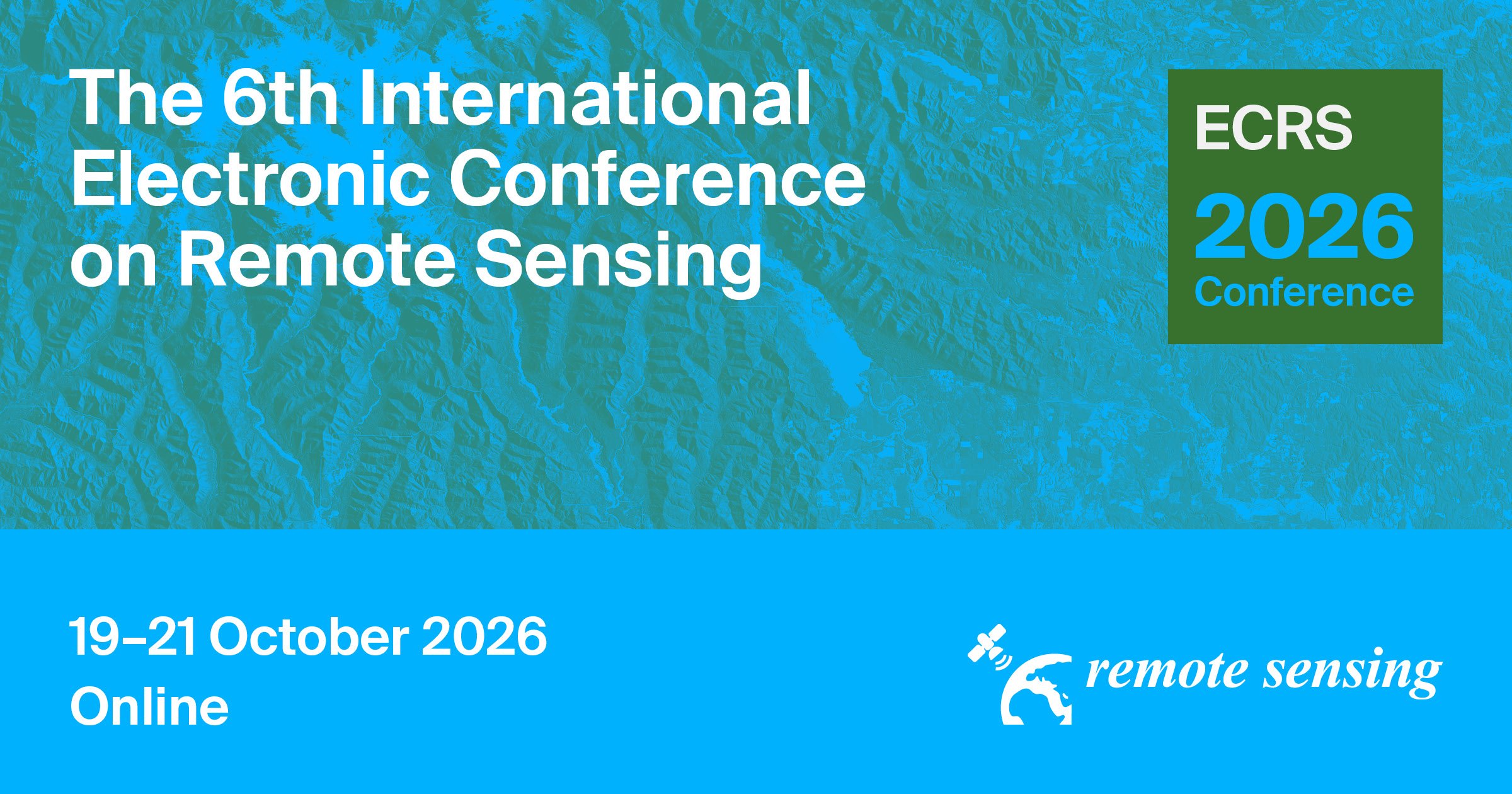-
 Hydrothermal Modeling of Groundwater–Surface Water Interactions Under an Evolving Climate
Hydrothermal Modeling of Groundwater–Surface Water Interactions Under an Evolving Climate -
 Erosion and Karst in Subsurface Middle Paleozoic Rocks in the Arkoma Basin, Oklahoma, USA
Erosion and Karst in Subsurface Middle Paleozoic Rocks in the Arkoma Basin, Oklahoma, USA -
 Deciphering Real-Time Discrimination Between Foreshocks-Mainshock-Swarms During the 2025 Santorini Seismic Crisis
Deciphering Real-Time Discrimination Between Foreshocks-Mainshock-Swarms During the 2025 Santorini Seismic Crisis -
 State-of-the-Art Review and Prospect of Modelling Rock Dynamic Fracture
State-of-the-Art Review and Prospect of Modelling Rock Dynamic Fracture -
 Revealing Exhumation Through Sediment Provenance Analysis of Middle Jurassic to Cretaceous Strata in Arctic Canada
Revealing Exhumation Through Sediment Provenance Analysis of Middle Jurassic to Cretaceous Strata in Arctic Canada
Journal Description
Geosciences
- Open Access— free for readers, with article processing charges (APC) paid by authors or their institutions.
- High Visibility: indexed within Scopus, ESCI (Web of Science), GeoRef, Astrophysics Data System, and other databases.
- Journal Rank: CiteScore - Q1 (General Earth and Planetary Sciences)
- Rapid Publication: manuscripts are peer-reviewed and a first decision is provided to authors approximately 23.4 days after submission; acceptance to publication is undertaken in 3.9 days (median values for papers published in this journal in the first half of 2025).
- Recognition of Reviewers: reviewers who provide timely, thorough peer-review reports receive vouchers entitling them to a discount on the APC of their next publication in any MDPI journal, in appreciation of the work done.
- Journal Cluster of Geospatial and Earth Sciences: Remote Sensing, Geosciences, Quaternary, Earth, Geographies, Geomatics and Fossil Studies.
Latest Articles
E-Mail Alert
News
MDPI Launches the Michele Parrinello Award for Pioneering Contributions in Computational Physical Science

Topics
Deadline: 30 November 2025
Deadline: 31 December 2025
Deadline: 1 January 2026
Deadline: 31 January 2026
Conferences


Special Issues
Deadline: 24 November 2025
Deadline: 24 November 2025
Deadline: 30 November 2025
Deadline: 30 November 2025



